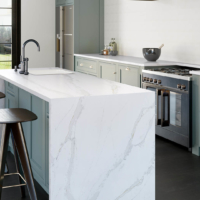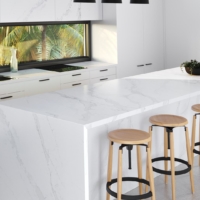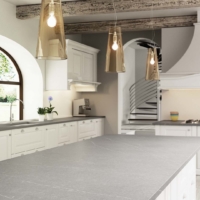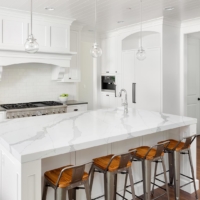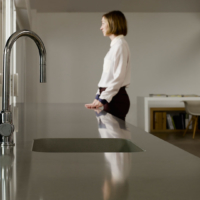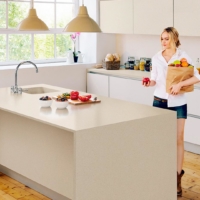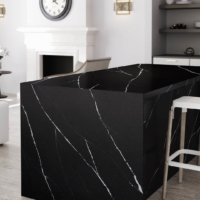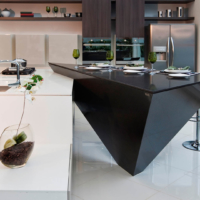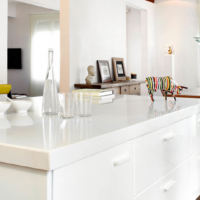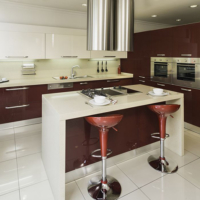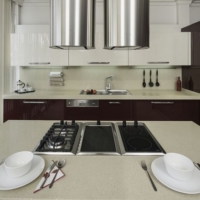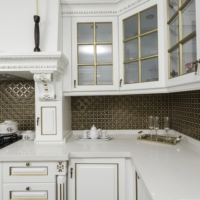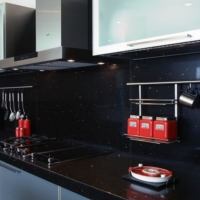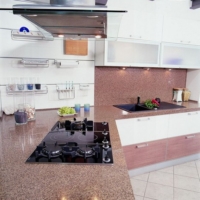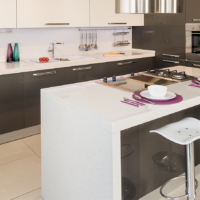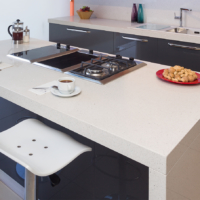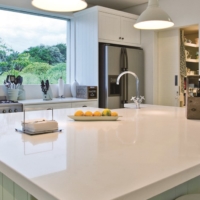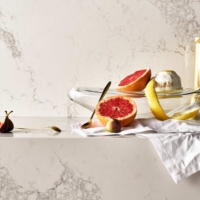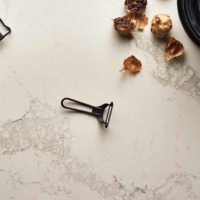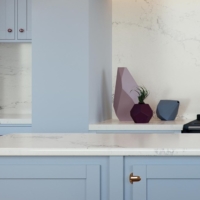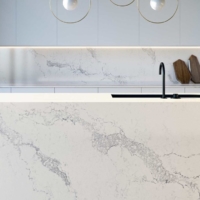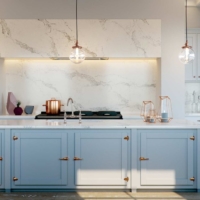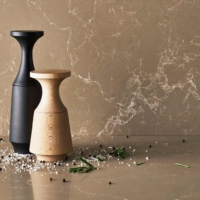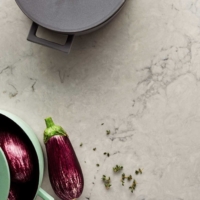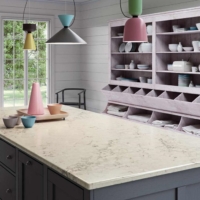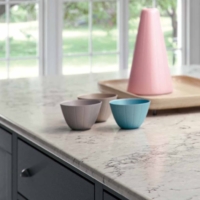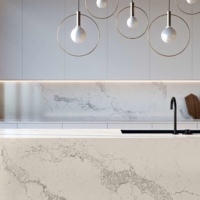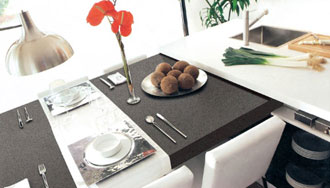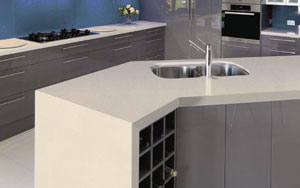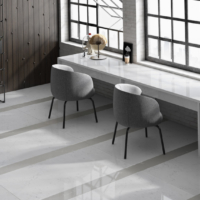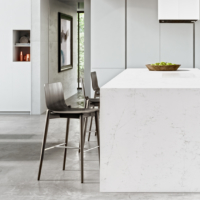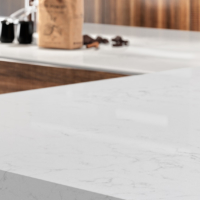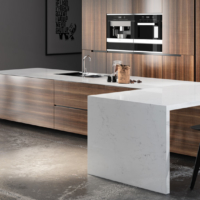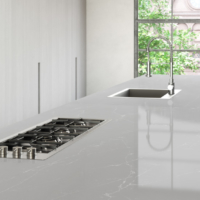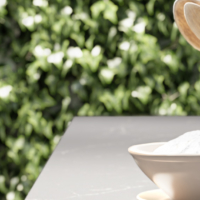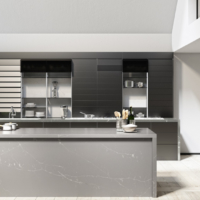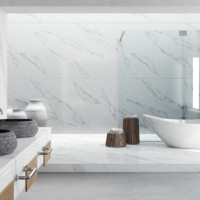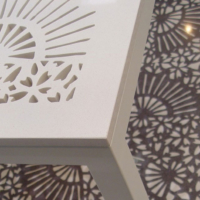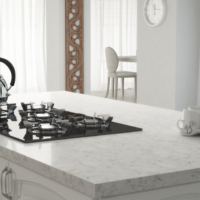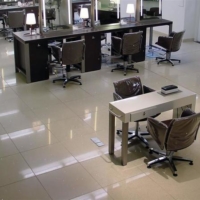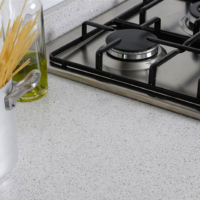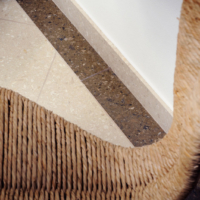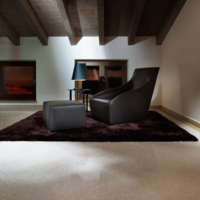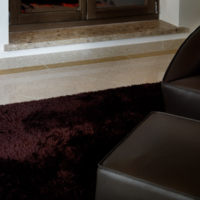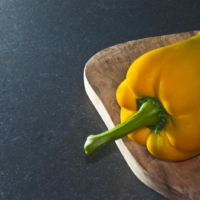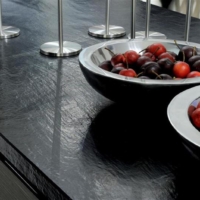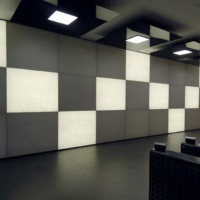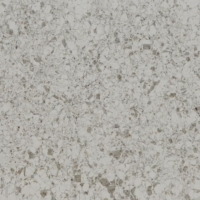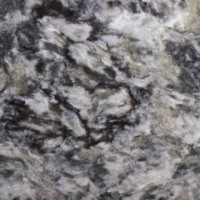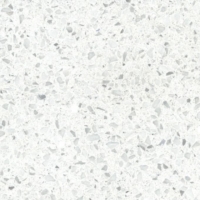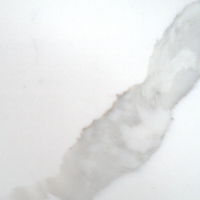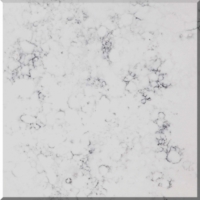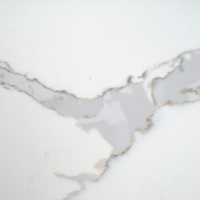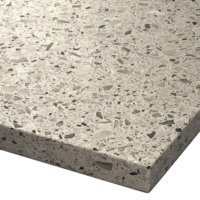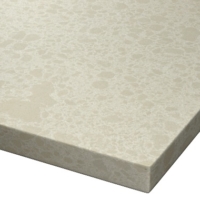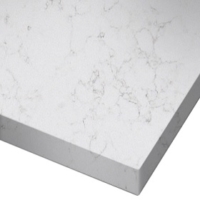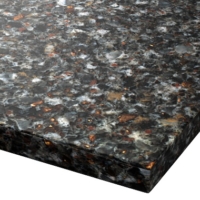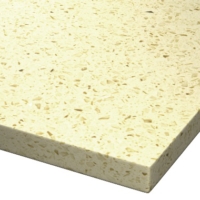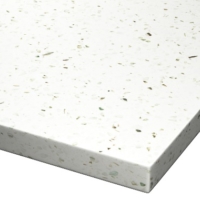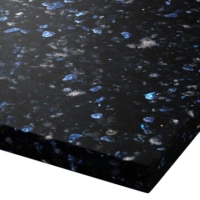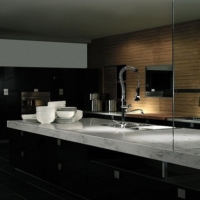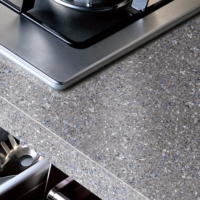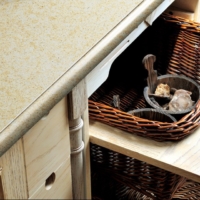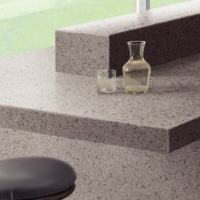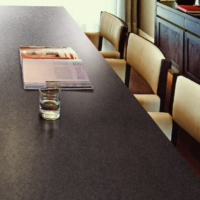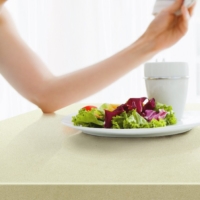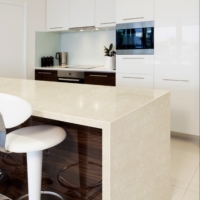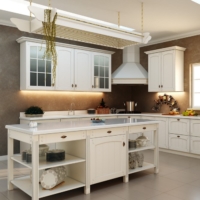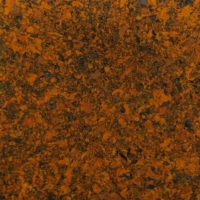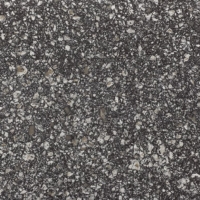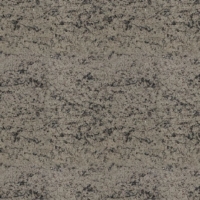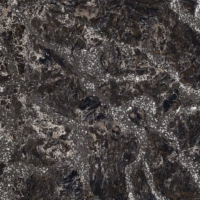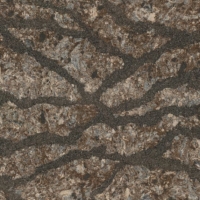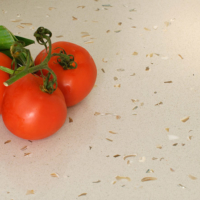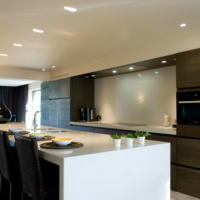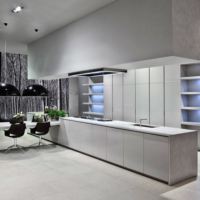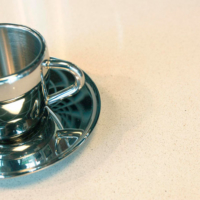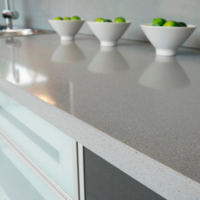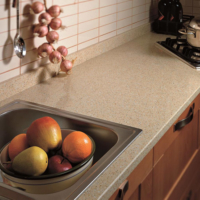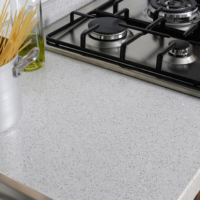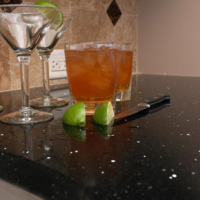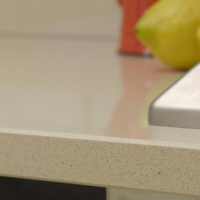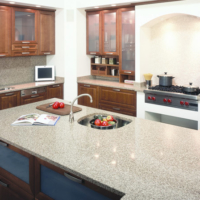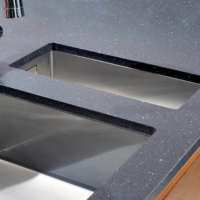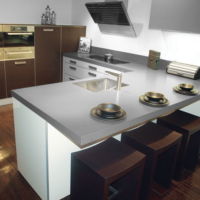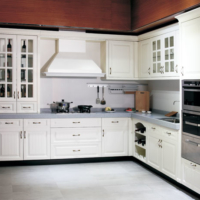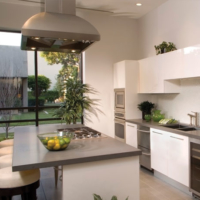Silestone worktops have become a go-to choice for homeowners and interior designers alike, offering an elegant yet practical solution for modern kitchens and bathrooms. But the question on many minds is: How durable is a Silestone worktop? In this article, we’ll break down everything you need to know about the durability, resistance, maintenance, and longevity of Silestone surfaces so you can make an informed decision for your space.
What is Silestone?
Before diving into its durability, let’s quickly define what Silestone is. Silestone is an engineered stone surface made primarily of natural quartz (around 90%), bound with high-performance resins and other additives. Manufactured by Cosentino, a global leader in surface innovation, Silestone is known for its vibrant colour range, non-porous structure, and cutting-edge technology like N-Boost for enhanced resistance.
Key Features That Affect Durability
The durability of a worktop isn’t just about how hard it is. It’s a combination of factors like scratch resistance, stain resistance, impact tolerance, and heat endurance. Here’s how Silestone performs across all these categories:
1. Scratch Resistance
Silestone is highly resistant to scratches, thanks to its quartz content. Quartz is one of the hardest minerals available (ranking 7 on the Mohs hardness scale), making Silestone significantly more scratch-resistant than materials like laminate or solid wood.
However, it’s not completely immune. Dragging knives or sharp metal tools directly across the surface can eventually leave marks. For this reason, using chopping boards is still recommended.
2. Stain Resistance
One of Silestone’s standout features is its non-porous surface. Unlike granite or marble, it doesn’t absorb liquids, which means substances like coffee, red wine, lemon juice, and oil won’t seep in and stain the surface.
Cosentino’s N-Boost technology further enhances this protection by modifying the molecular structure of the surface, making it easier to clean and even more stain-resistant.
3. Impact Resistance
Silestone has excellent impact resistance compared to other stone surfaces. The combination of quartz and high-quality resins gives it flexibility and toughness, so it can withstand accidental knocks and drops better than brittle stones like marble.
That said, extremely heavy impacts—such as dropping a cast-iron skillet from height—could still cause chipping, particularly around edges and corners.
4. Heat Resistance
Silestone can tolerate moderately high temperatures (up to around 150°C or 300°F), but it is not as heat-resistant as natural granite. Prolonged exposure to direct heat can damage the resin component, causing discolouration or even cracks.
To preserve the surface, always use trivets or heat pads when placing hot pots or pans.
5. Resistance to Chemicals and Acids
The non-porous and chemically stable nature of Silestone means it is resistant to most household chemicals, including acidic substances like vinegar, citrus juices, and cleaning agents. However, harsh chemicals like paint strippers or strong alkaline cleaners should be avoided as they can damage the resin matrix.
Real-World Durability: What Users Say
While lab tests and specs are great, what really matters is how Silestone performs in the real world. Here’s what users and experts have reported:
- Long-Term Use: Many homeowners report that their Silestone worktops have lasted 10+ years with minimal signs of wear, even in high-traffic kitchens.
- Commercial Settings: It’s often used in commercial kitchens, bathrooms, and public restrooms where durability is a must.
- Low Maintenance: Unlike granite or wood, Silestone doesn’t require sealing or polishing. Simple soap and water are usually enough for cleaning.
Silestone vs. Other Worktop Materials
Let’s put Silestone side by side with some other popular worktop materials to see how it compares in terms of durability:
| Feature | Silestone | Granite | Marble | Laminate | Solid Wood |
|---|---|---|---|---|---|
| Scratch Resistance | High | High | Medium | Low | Low |
| Stain Resistance | Very High | Medium | Low | Medium | Low |
| Impact Resistance | High | Medium | Low | Medium | Medium |
| Heat Resistance | Medium | High | Medium | Low | Medium |
| Maintenance | Low | Medium | High | Low | High |
Maintenance Tips to Extend Durability
To get the most life out of your Silestone worktop, follow these maintenance guidelines:
- Clean spills immediately with a mild detergent and soft cloth
- Avoid abrasive sponges or cleaners that can dull the surface
- Always use a chopping board when cutting or slicing
- Use trivets or pads under hot pots and pans
- Avoid harsh chemicals like bleach, oven cleaner, or paint remover
By following these simple practices, your Silestone surface can remain in top condition for decades.
Warranty and Manufacturer Support
Silestone comes with a 25-year limited transferable warranty, one of the best in the industry. This warranty covers manufacturing defects and offers peace of mind for homeowners.
Cosentino also provides excellent after-sales support and has a large network of approved fabricators and installers across the UK, ensuring you get a professional finish and long-term durability.
Environmental Durability: A Sustainable Choice
Beyond physical resilience, Silestone is also a durable environmental choice. Cosentino has made strides in using recycled materials and sustainable practices. The Silestone HybriQ+ range is made with 100% renewable electricity and recycled water, making it a top choice for eco-conscious homeowners.
Final Verdict: Is Silestone a Durable Worktop Material?
In a word: Yes. Silestone worktops offer a rare combination of aesthetic appeal, functionality, and long-lasting durability. With high resistance to scratches, stains, and impacts, along with low maintenance requirements and eco-friendly options, Silestone is a standout choice for any modern kitchen or bathroom.

